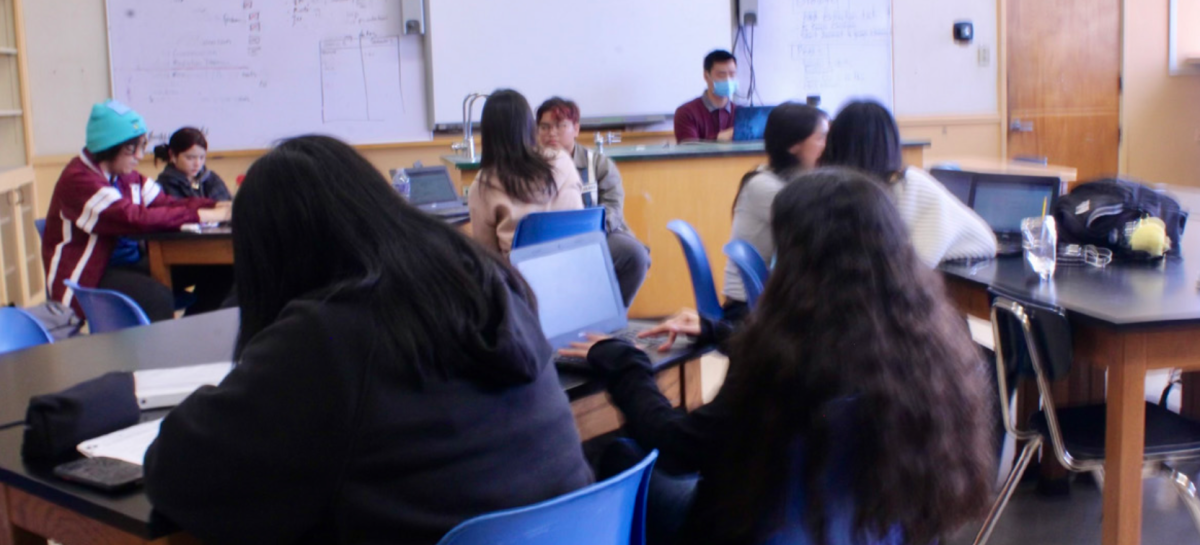The juvenile justice system in the Bay Area has been changing, focusing more on helping youth by providing them with the tools they need to readapt into society successfully and avoid recidivism. Insights from Mr. Wright, a former counselor in Alameda County’s juvenile justice system, shed light on how the system has evolved over the years.
In Alameda County, when a young person gets in trouble with the law, they’re taken to juvenile hall, which is run by the county. In the past, there were many more youths in these facilities—up to 400 at one point. Today, that number is much lower, around 150, showing that fewer young people are being incarcerated.
Juveniles in the system follow a daily routine that includes school, physical exercise, meals, and some downtime. They can also have visitors three times a week. There are even optional programs like religious services. Staff members, like Mr. Wright, were responsible for making sure the youths followed their schedules, intervening if there was any trouble.
While the focus is now on rehabilitation, there are still many challenges. Probation officers work to guide youths through their rehabilitation, but they often have large caseloads, making it difficult to provide individual attention. In addition, many face challenges like poor education or lack of family support, which can lead to reoffending.
One of the major issues Mr. Wright noticed was that many young people in the system had low literacy skills.
“I saw 14-18 year olds struggling to read at a third-grade level. Some couldn’t read letters from their families,” he said.
California has made efforts to improve the juvenile justice system. Assembly Bill 2176 passed earlier this year makes sure that young people who are incarcerated have access to education and investigates why some are missing school.
The goal is to help reduce absenteeism and improve engagement in juvenile court schools, ensuring that youth are getting the education they need while in the system.
The Bay Area is also taking steps to reduce the number of youth being incarcerated. For example, San Francisco saw a big drop in incarcerated youth—from 118 in 2010 to just 17 in 2022.
Mr. Wright emphasized the importance of these changes.
“It’s harder to end up in the system now than it was years ago. Courts recognize the impact of depression, anxiety, and family instability. Instead of turning to incarceration, they focus on restorative approaches,” said Wright.
Programs like Make it Right, Woodside Learning Center, Fresh Lifelines for Youth (FLY), and Larkin Street Youth Services offer educational opportunities, therapy, career training, and temporary housing. These programs help youth by providing support that can keep them out of the system.





















